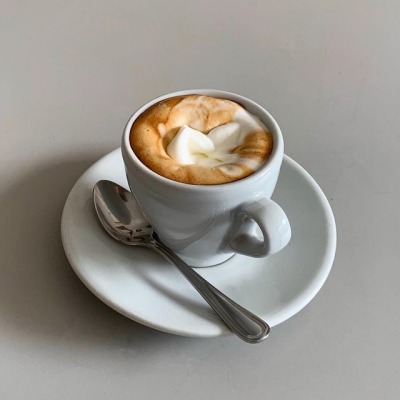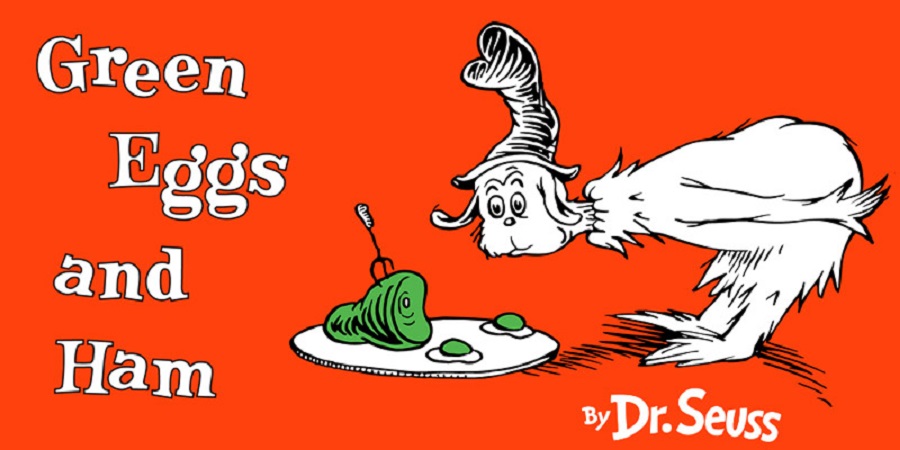Hola! Welcome back to Drink the Coffee. Teach the Things!
I am currently writing this while sitting in my sunny backyard, under a blanket, with a cup of coffee by my side. A lot of change and uncertainty has been coursing through life as of late, but writing this post has given me a little bit of grounded-ness and normalcy today, so I am grateful to be writing it! So grab your coffee and enjoy!

First Sip Story: Last week was Dr. Seuss's Birthday, and my class tried green eggs and ham to celebrate! As they were eating, one student began reciting Green Eggs and Ham, which is very impressive. It was not long after that that the entire class was reciting the book together! "Not on a train. Not on a plane. Not in a box. Not with a fox." Not only was it adorable, but also so amazing that they memorized the words!

Removing Assessment Barriers.
This past week I taught a 5 day learning segment to my sweet kindergartners, working on RL.K.1: With prompting and support, ask and answer questions about key details a text. My lesson centered around the concepts of noticing key details and wondering about key details in a familiar text and an unfamiliar text. I included small, informal, formative assessments that gave me information about the progress of student learning and also allowed for my students to self-monitor their own learning and behavior choices. On days 2, 4, and 5 of the learning segment I planned more substantial formative assessments that would give me the information I needed to plan for the next day. Before I began teaching, my inital draft of lesson plans scaffolded using pictures or words to record a key detail the students noticed and using words to record a wondering they had about the detail. I understood at the time that my students were developing their writing abilities at different rates, so I knew that some students would need various writing supports to help them record their ideas. I also planned on modeling and teaching a universal writing support of drawing word lines during my 4th day of teaching so that everyone would have an available support tool during the final formative assessment on day 5.
However, after teaching the first four days, I began to notice that writing became a barrier for most of my students, and took away from the focus of noticing and wondering about a key detail from the text. I struggled with this because I believe that kindergarteners can write, and they should work in a classroom environment where inventive spelling and risk-free writing is the norm. But I also needed to consider the classroom I was placed in, and how my CT approaches kindergarten writing which is structured, teacher-directed, and emphasizes correctness in spelling and conventions at all times. This contrasts with my philosophy, and I noticed that my students were also unsure of how to write within the level of independence and open-endedness that I established. So, after discussing different assessment options with my CT and Professor Gruener, I decided to conference with each student and ask them to say their wondering question orally, while I record on my own data sheet everything they said. This allowed me to record any additional anecdotal notes, and honored exactly what each student was thinking, instead of having to interpret their writing. By removing the writing barrier for everyone, my students were able to communicate what they were truly wondering about instead of feeling confined to writing CVC and familiar sight words. What I really loved about this assessment change is that my students were still encouraged to write their wondering on their paper after they shared it with me, so the option was still available to them.
During the process of deciding to change my assessment, I felt that I was discounting my students' writing abilities by not asking them to write-- almost like I was not holding high expectations for them. But then I realized, it's not that I don't think they are capable of writing, it's that my assessment is about the skill described in the standard, which is not writing. Instead, writing was a mode of communication that was available as an option for my students. To take my assessment even more towards UDL, I could have given my students the option to either write, or express their question orally. I think this was a step in the right direction for me in regards to thinking about the intention of the assessment, and the various ways students can be assessed.
This experience allowed me to understand what intentional assessment really looks like. Using UDL as a framework for my thinking helped me remove a barrier that would have held back the ability for my students to communicate their curiosities, and demonstrate that they have mastered the skill. In turn, I was able to meet one-on-one with my students, collect important anecdotal notes, and allow every student to successfully access the curriculum. Woo!

During the process of deciding to change my assessment, I felt that I was discounting my students' writing abilities by not asking them to write-- almost like I was not holding high expectations for them. But then I realized, it's not that I don't think they are capable of writing, it's that my assessment is about the skill described in the standard, which is not writing. Instead, writing was a mode of communication that was available as an option for my students. To take my assessment even more towards UDL, I could have given my students the option to either write, or express their question orally. I think this was a step in the right direction for me in regards to thinking about the intention of the assessment, and the various ways students can be assessed.
This experience allowed me to understand what intentional assessment really looks like. Using UDL as a framework for my thinking helped me remove a barrier that would have held back the ability for my students to communicate their curiosities, and demonstrate that they have mastered the skill. In turn, I was able to meet one-on-one with my students, collect important anecdotal notes, and allow every student to successfully access the curriculum. Woo!

Comments
Post a Comment